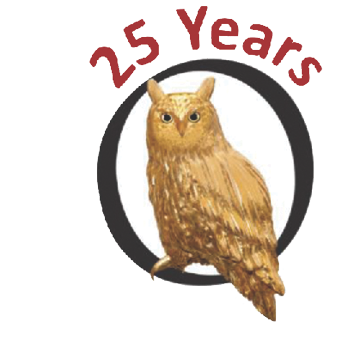
1. In May 2007, Ed Chase wrote an article about Suffield’s Civil War Monument and the numbers of men who enlisted in the War. How many Suffield men served in the Civil War and how many died?
a. 351 served, 21 died
b. 287 served, 31 died
c. 378 served, 41 died
2. When was the Civil War Monument dedicated?
a. 1871
b. 1869
c. 1888
3. In Lester Smith’s A Moment in Time column from May 2007, he posted a photo of Suffield officials gathered on December 1, 1962 to “lay the cornerstone” of the nearly completed Town Hall, which is still in existence. First Selectman Francis Leahey placed an interesting item in the cornerstone. What was it?
a. A key to the Town Hall
b. A piece of Suffield’s Washington elm
c. A box of hand-rolled cigars
4. In her June 2007 column Now and Then, Mary Anne Zak wrote about Suffield’s beginnings as a town. At the first town meeting, 34 qualified voters (male inhabitants who owned property and attended the church) voted for five men who would be town officials. They also voted on “town pay”. What is that?
a. The value of trade goods used for bartering.
b. Town taxes
c. Payment made for services of the new officials
5. Caroline Martin wrote in June 2007 of Mel Chafetz’s retirement. Currently, he is a Town Selectman. What was his job when he retired?
a. A voice actor
b. Elementary school principal
c. Director of Public Works
6. Conway Kiddie School, a pre-school located on Mapleton Avenue, was once the home of another business according to Wendy Nelson in a July/August 2007 article. What was the previous business?
a. A spa
b. A cooking school
c. A candy company
7. The portrait of Delmar F. Sisson resides in the Sisson Auditorium at the Suffield Middle School as reported by Lester Smith in July/August 2007. Who was Mr. Sisson?
a. Suffield High School’s first principal
b. A beloved janitor of the school.
c. The First Selectman who was in office at that time.
8. Is it true that the concrete foundation of the current Kent Memorial Library was installed backwards by mistake?
9. Lester Smith wrote about the Gay Mansion in November 2007. It is currently the Suffield Academy’s headmaster’s house on North Main Street, and it is named for the Gay family who owned the house for years. However, the Gays were not the original owners. Who was the wealthy man who built the finest house in town in 1795? He was…
a. Thaddeus Leavitt, a wealthy merchant in town with whom Oliver Phelps of the Hatheway House, apprenticed as a young boy.
b. Elihu Kent Sr. who led a militia of 59 Suffield men to Lexington at the start of the Revolutionary War
c. Ebenezer King who built a large hotel by the mineral spring at the end of what is now Pool Road.
10. From 2006 until the closure of St. Joseph Church, the Hejnal Mariacki trumpet call announced the 8:30 Sunday morning mass. In November 2007, Mary Anne Zak wrote about the significance of this particular trumpet call. What was it?
a. During the 13th century, when Tartar invaders approached the Polish city of Krakow, a trumpeter warned residents by sounding this call.
b. It was written to symbolize the arrival of a soul into heaven
c. It was used to tell people to wake up.
Answers
1. b. 287 served and 31 died
2. c. 1888
3. c. A box of hand-rolled cigars
4. a. The value of trade goods. Payment was made with grain, provisions and other kinds of barter.
5. b. Elementary school principal. Mel was principal for twenty years in the various Suffield elementary schools.
6. c. It was a beloved candy company called Brigham’s Candies. Started by Syd Fuller in 1957, the company ultimately sold more than 30 varieties of hand-dipped chocolates.
7. a. Suffield High School’s first principal. Sisson presided over the town’s first high school from 1939 until his death in 1954. Teacher Amiel Zak organized a fund drive to commission the painting.
8. It is not true. In September 2007, Lester Smith debunked this myth. Warren Platner, the architect, designed a split-level building to accommodate the hill on the site. In his design the main entrance to the building was on Main Street, with a small U-shaped driveway. Platner’s plan was not acceptable to the State Highway Department as they didn’t want the entrance to open onto a state highway. The building was turned 180 degrees, with the main entrance on Bank Street.
9. c. Ebenezer King. He gained his wealth through investment in the Western Reserve. He lost his money in the mineral spring hotel, ultimately selling his house to William Gay.
10. During the 13th century, the Trumpeter of Krakow warned residents of the impending Tartar invasion. The legend is that the trumpeter was killed by an invader’s arrow, abruptly ending his trumpet call.